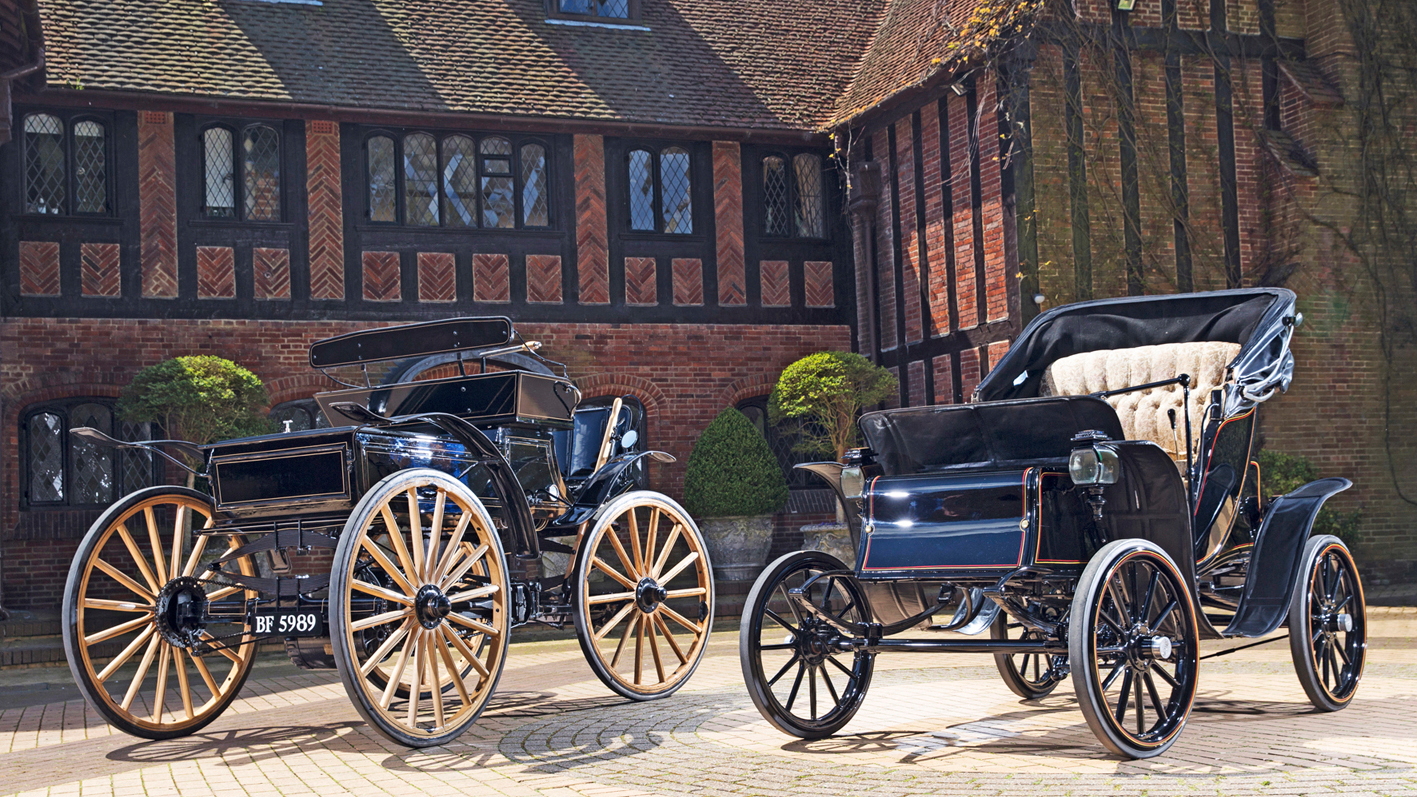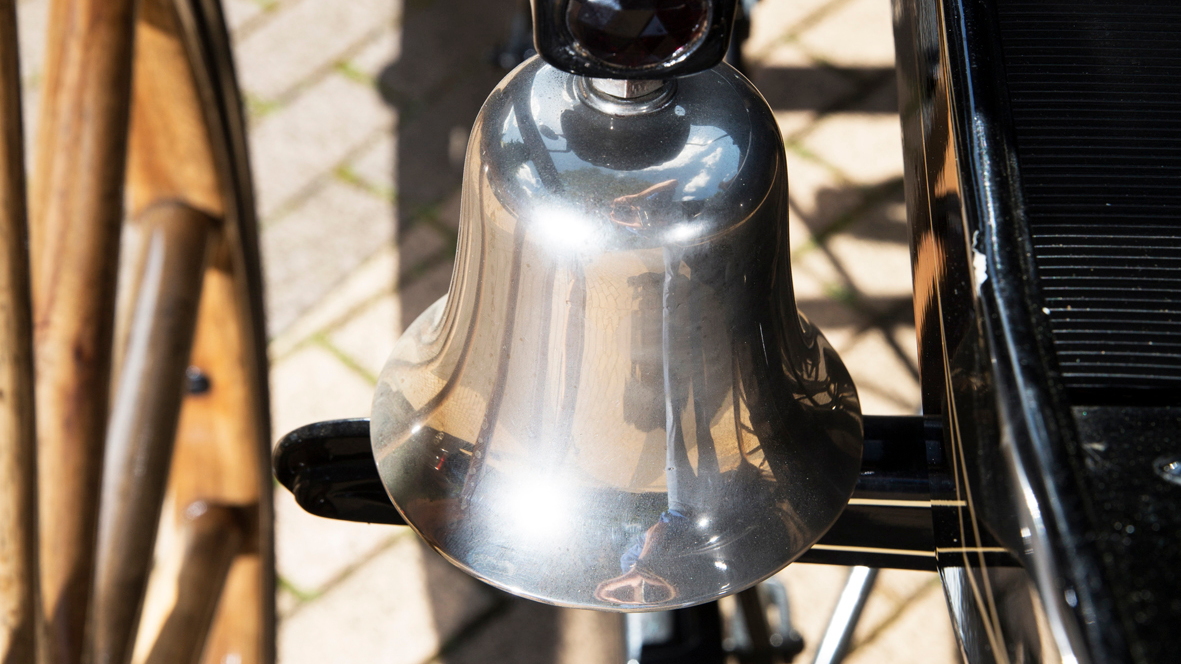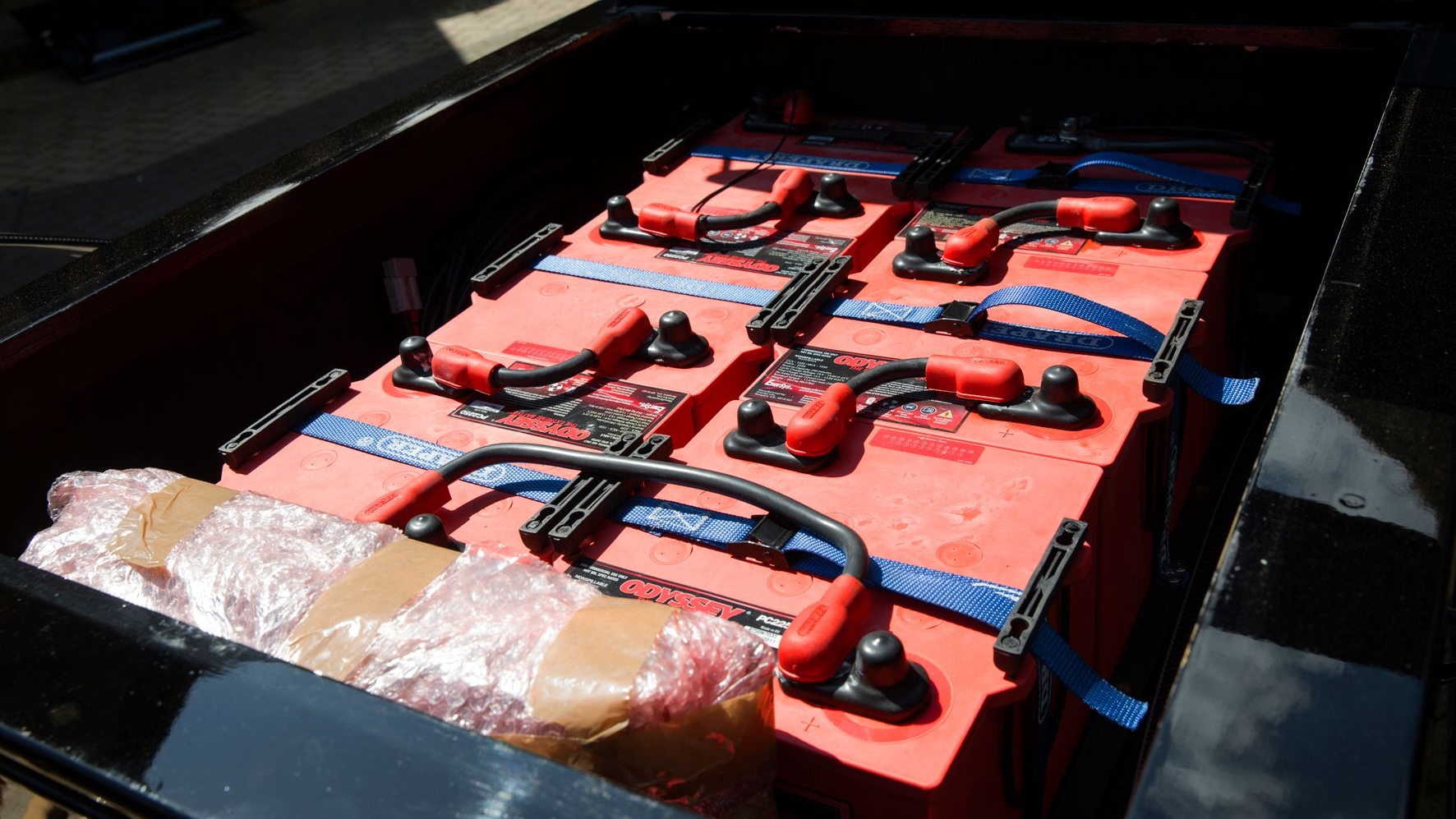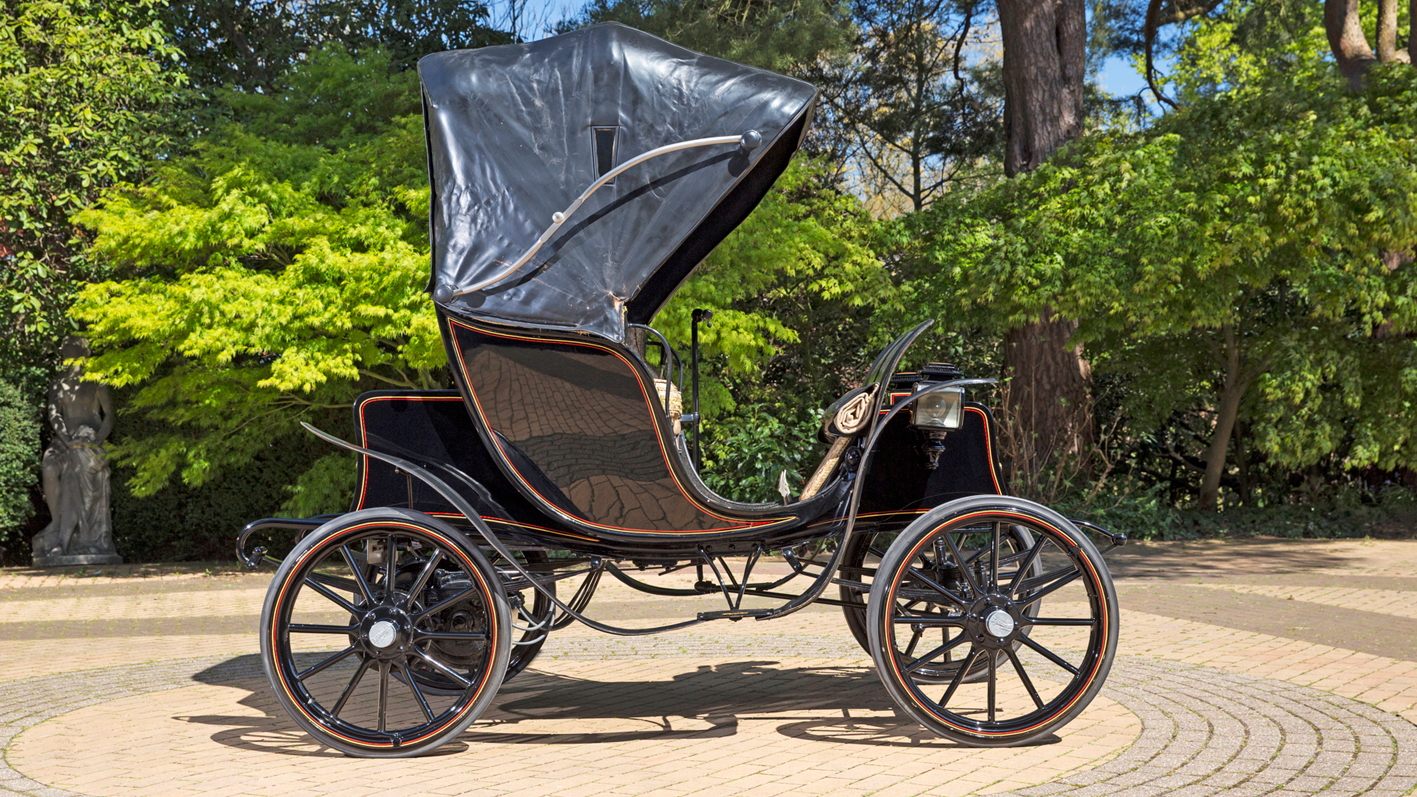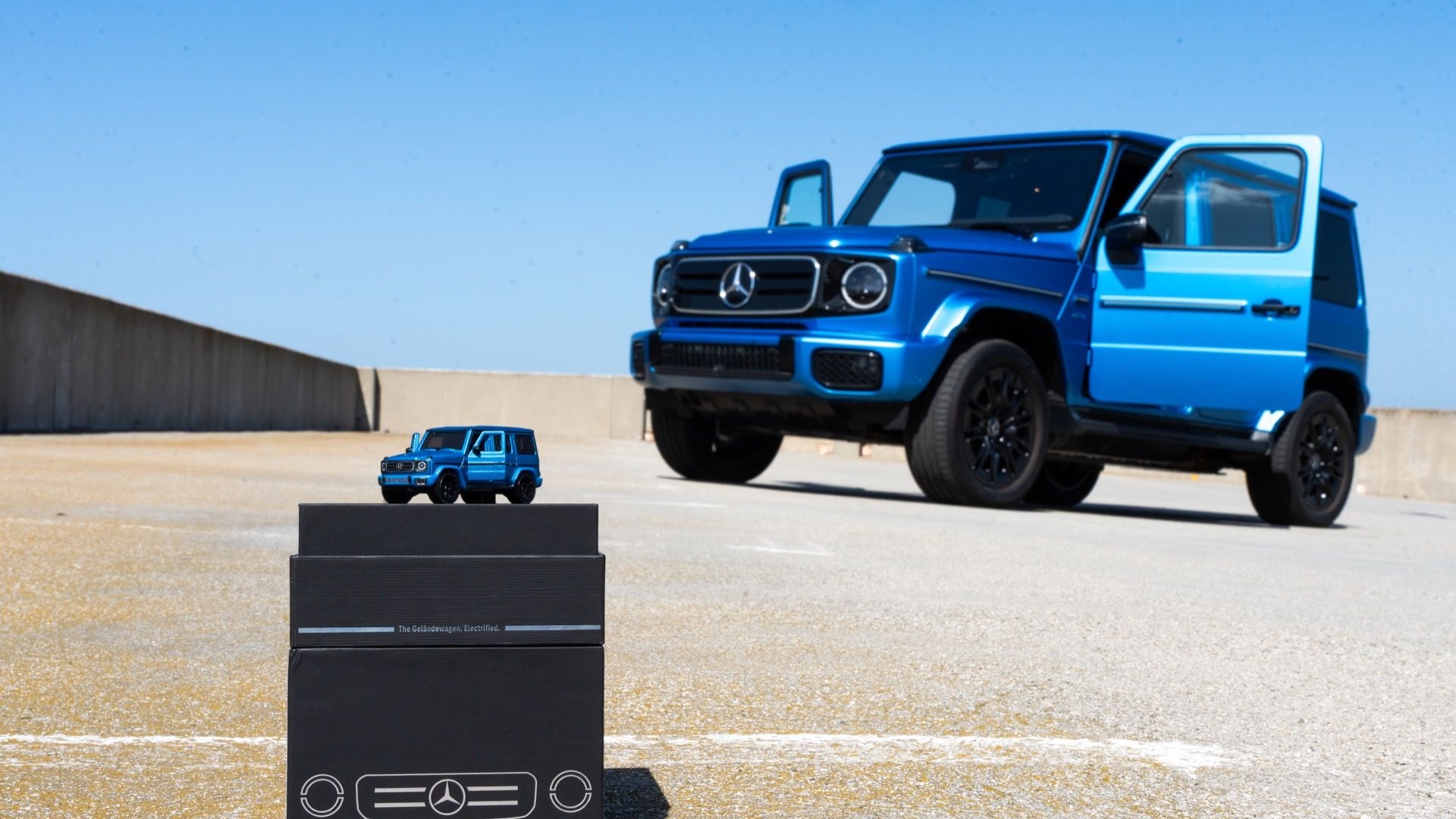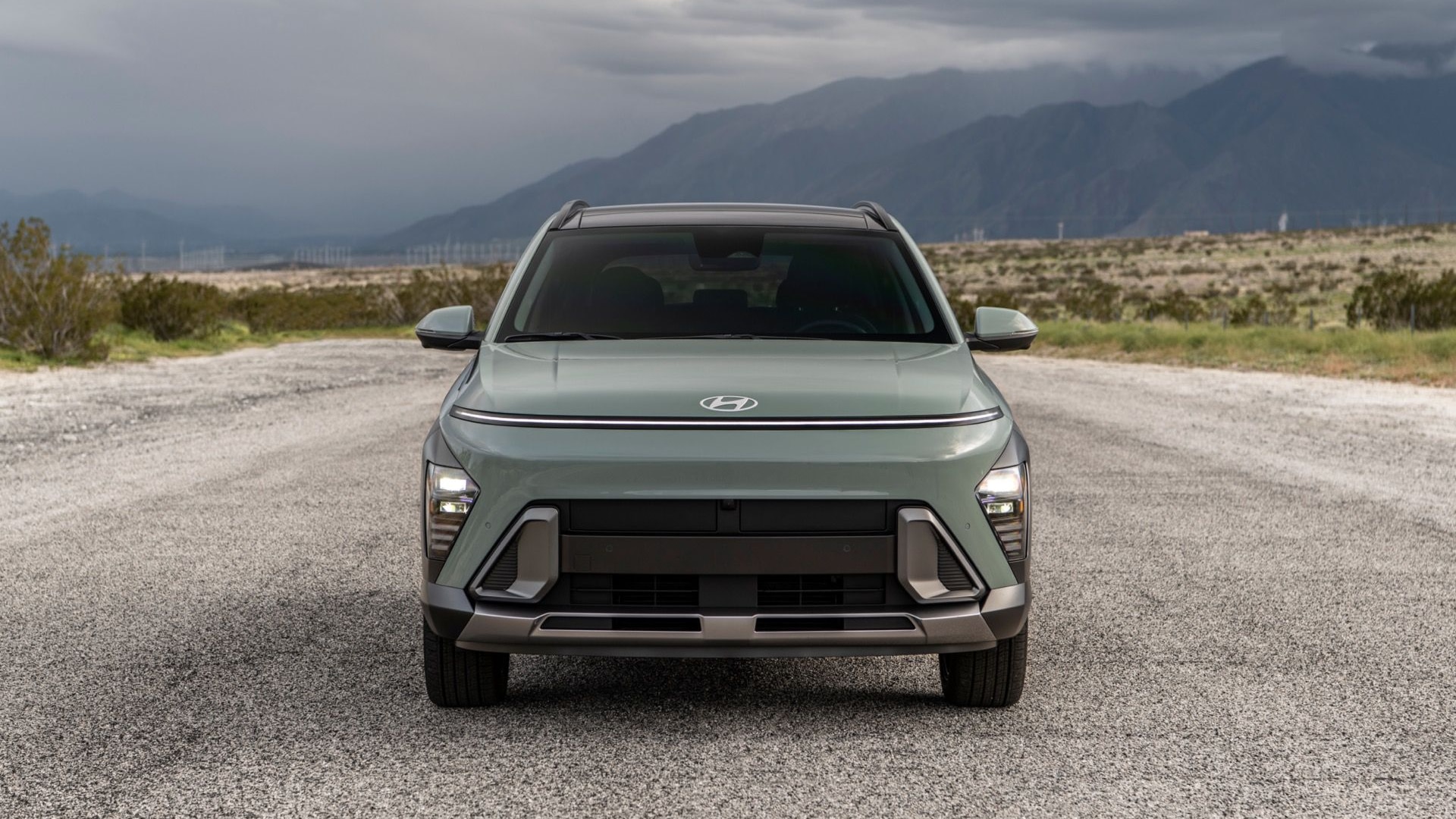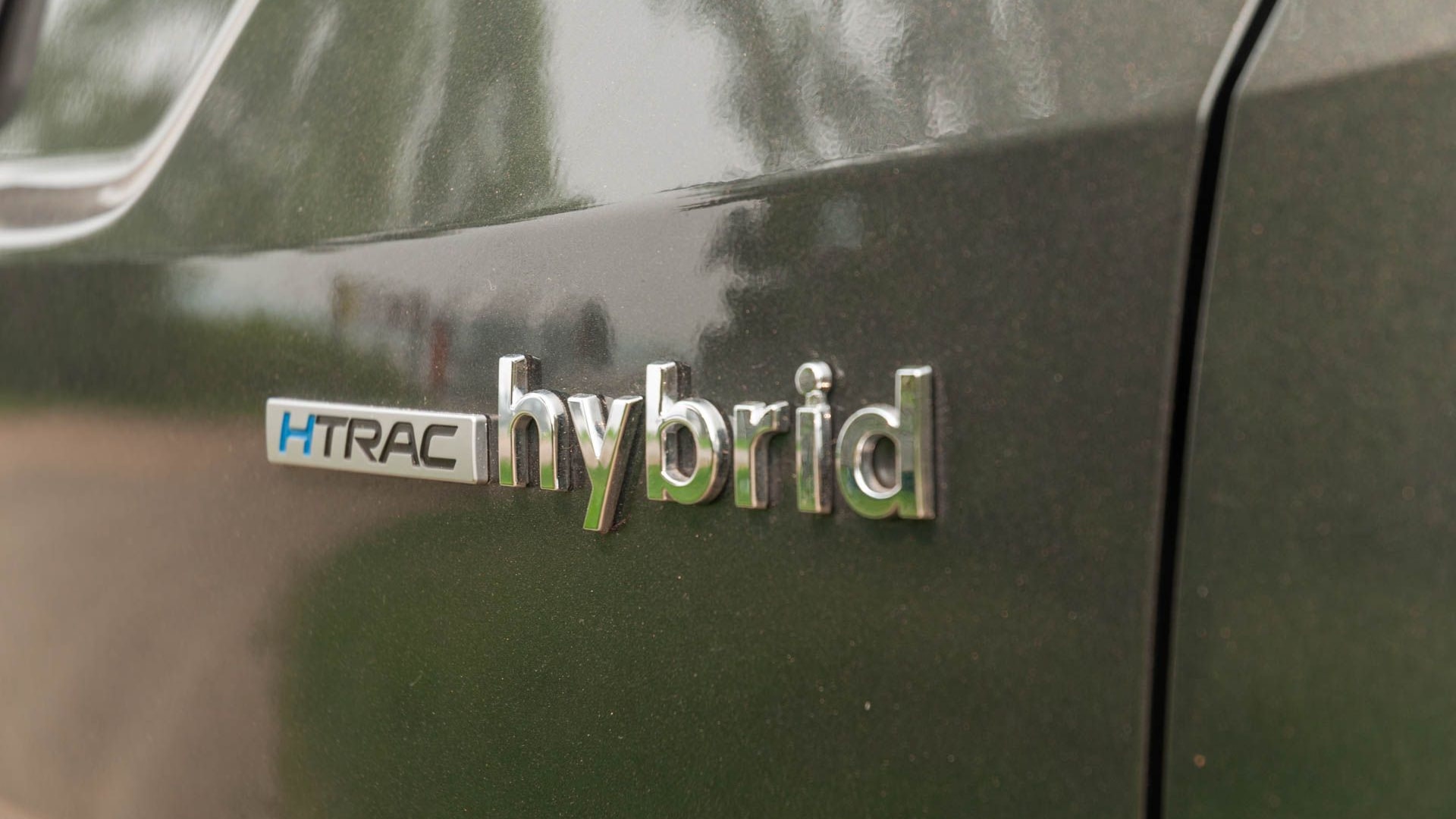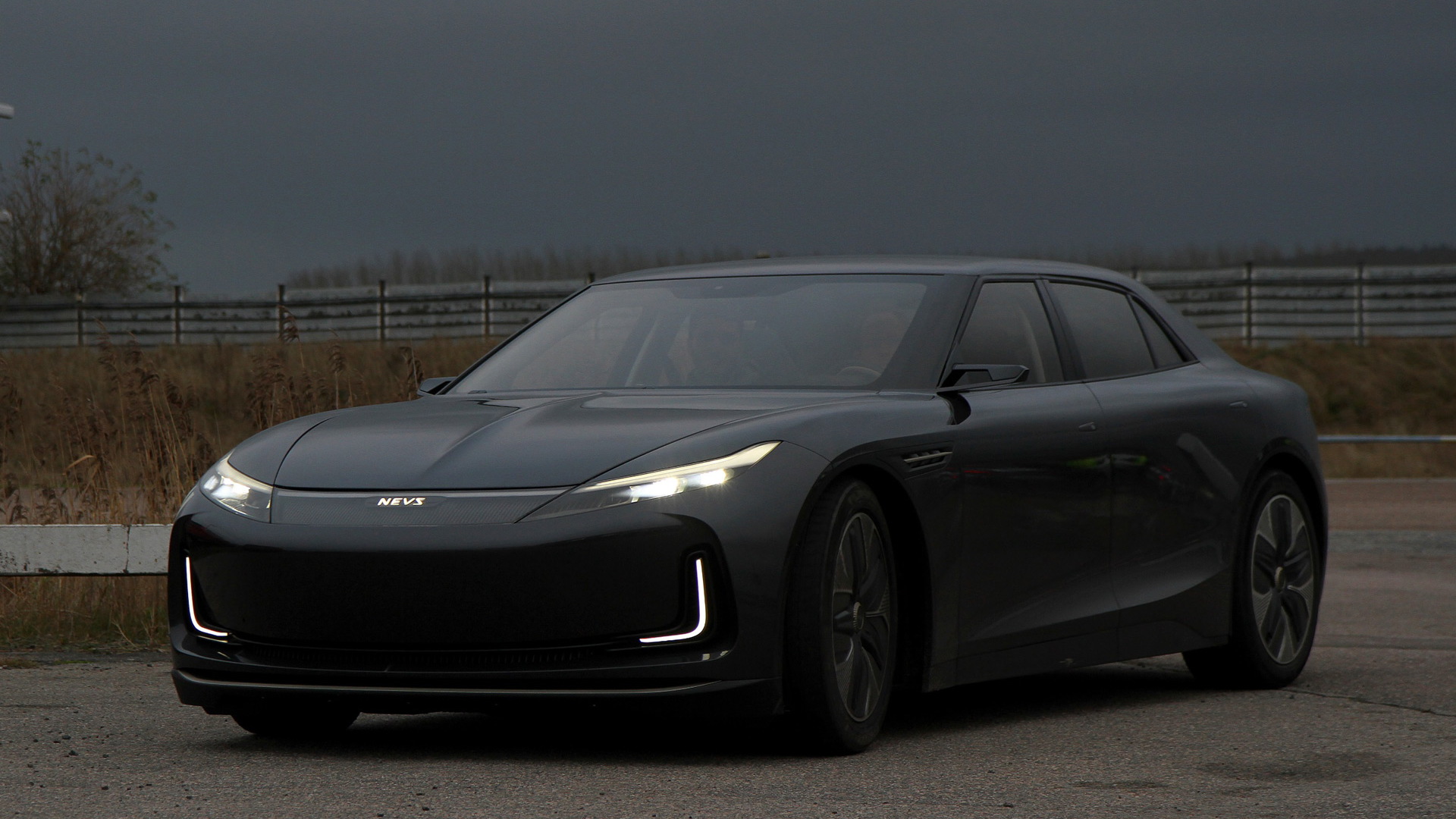The history of electric cars dates back more than 100 years, almost to the dawn of the automobile.
At the turn of the 20th century, electric cars were actually quite popular, and challenged those with internal-combustion engines for overall dominance of the industry.
That was a battle that they lost, of course, and the automakers and cars that flourished during that brief period have largely faded into obscurity.
DON'T MISS: Is this 1896 horseless carriage the world's very first hybrid car?
Now though, some of those early electric cars are finally starting to draw the interest of collectors.
Two centenarian electric cars were recently sold at an auction held on the site of the famed Brooklands racetrack in England—with one of the pair exceeding its pre-auction estimates.
A 1906 Pope-Waverly Victoria Phaeton sold for £44,800 ($63,685), while a 1907 Victor High Wheel Electric Runabout sold for £38,080 ($42,760), according to a report on the 110-year-old duo by The Telegraph.

1906 Pope-Waverly Victoria Phaeton
That's against pre-auction estimates of £30,000 to £40,000 (about $42,000 to $56,000) for each car.
Both cars were fully restored and had been equipped with modern batteries.
The Pope-Waverly brand was one of several automotive and bicycle companies controlled by entrepreneur Colonel Albert Pope.
ALSO SEE: 1917 Detroit Electric Vs 2014 BMW i3: A Century Of Electric Cars (Sep 2015)
It was formed from an 1898 merger between the American Electric Vehicle Company and the Indiana Bicycle Company, and joined Pope's conglomerate in 1903.
The 1906 Pope-Waverly Victoria Phaeton that sold at Brooklands was originally priced at $1,600.
That sum bought seating for two (with an occasional-use third seat), a leather convertible top, and little else.

1907 Victor High Wheel Runabout
In an arrangement not uncommon for cars of the period, the driver steered with a tiller rather than a steering wheel.
The Victor High Wheel Runabout, one year newer than the Pope-Waverly, was built in Indianapolis—which rivaled Detroit as a hotbed of the U.S. auto industry at the time.
Among its notable features is a bell, meant to warn pedestrians who might not hear the nearly-silent electric car coming.
MORE: 1914 Detroit Electric: Pretty Spry For A Century Old (Video) (Jun 2011)
More than a century later, the U.S. government is pushing for somewhat more sophisticated noise-making devices for the same purpose, although regulators have delayed issuing regulations multiple times.
Comparing the Pope-Waverly and the Victor to a modern Tesla Model S or Nissan Leaf, it's clear electric cars have come a long way.
And it begs the question of how much the Tesla or Nissan might fetch at auction in a century's time.
[hat tip: Brian Henderson]
_______________________________________________
